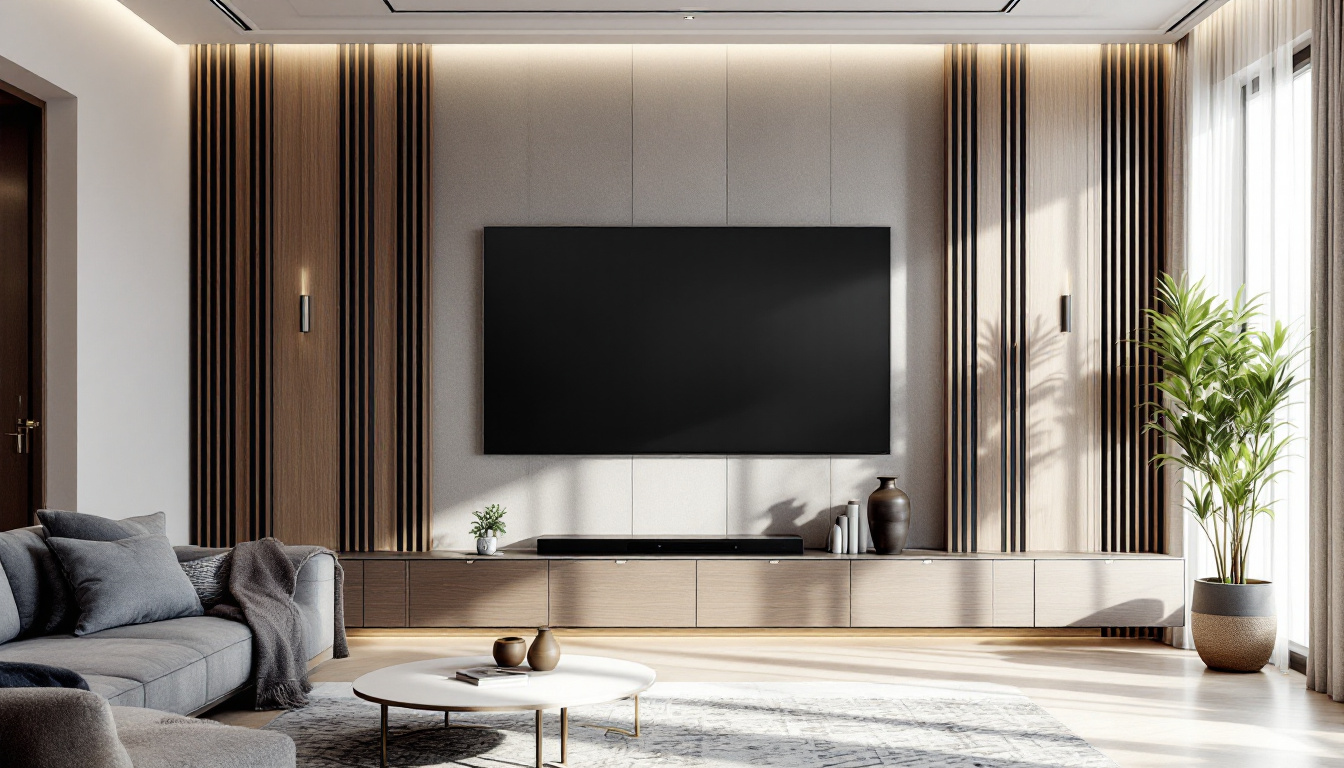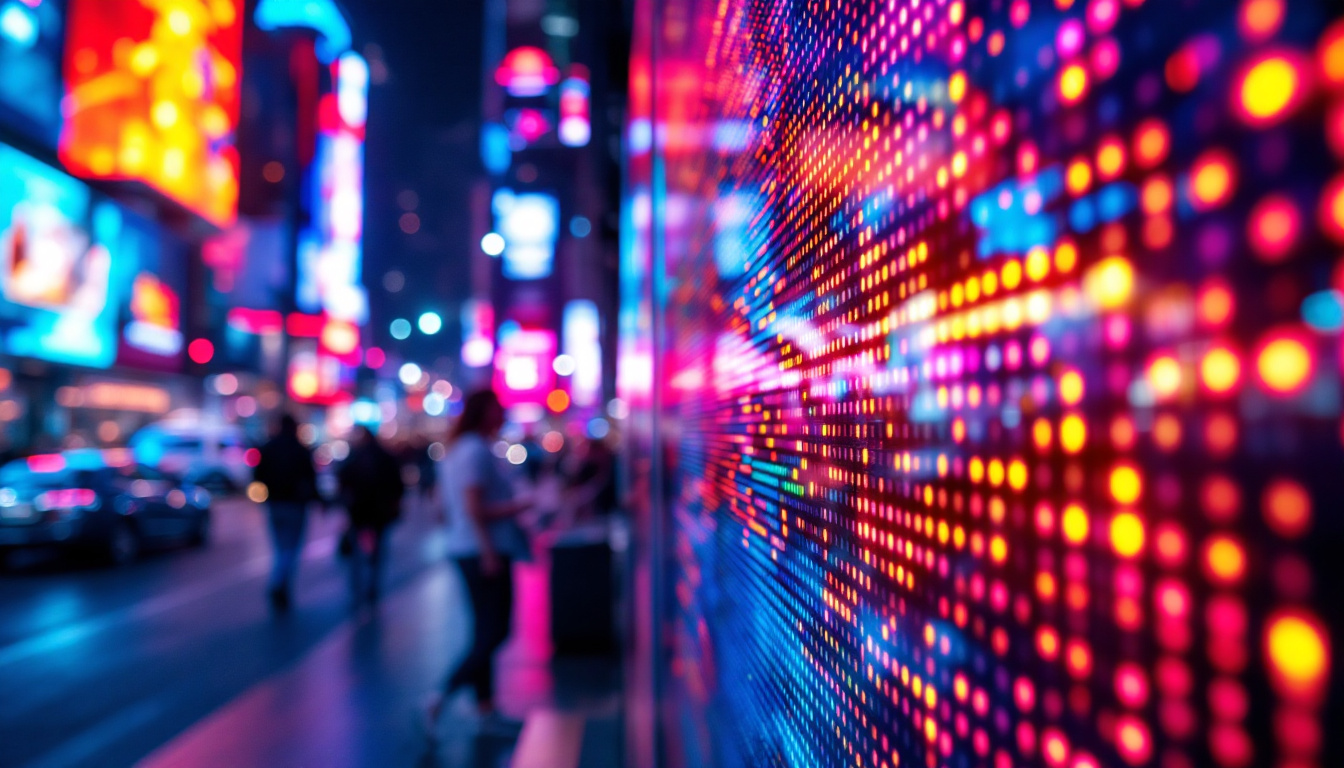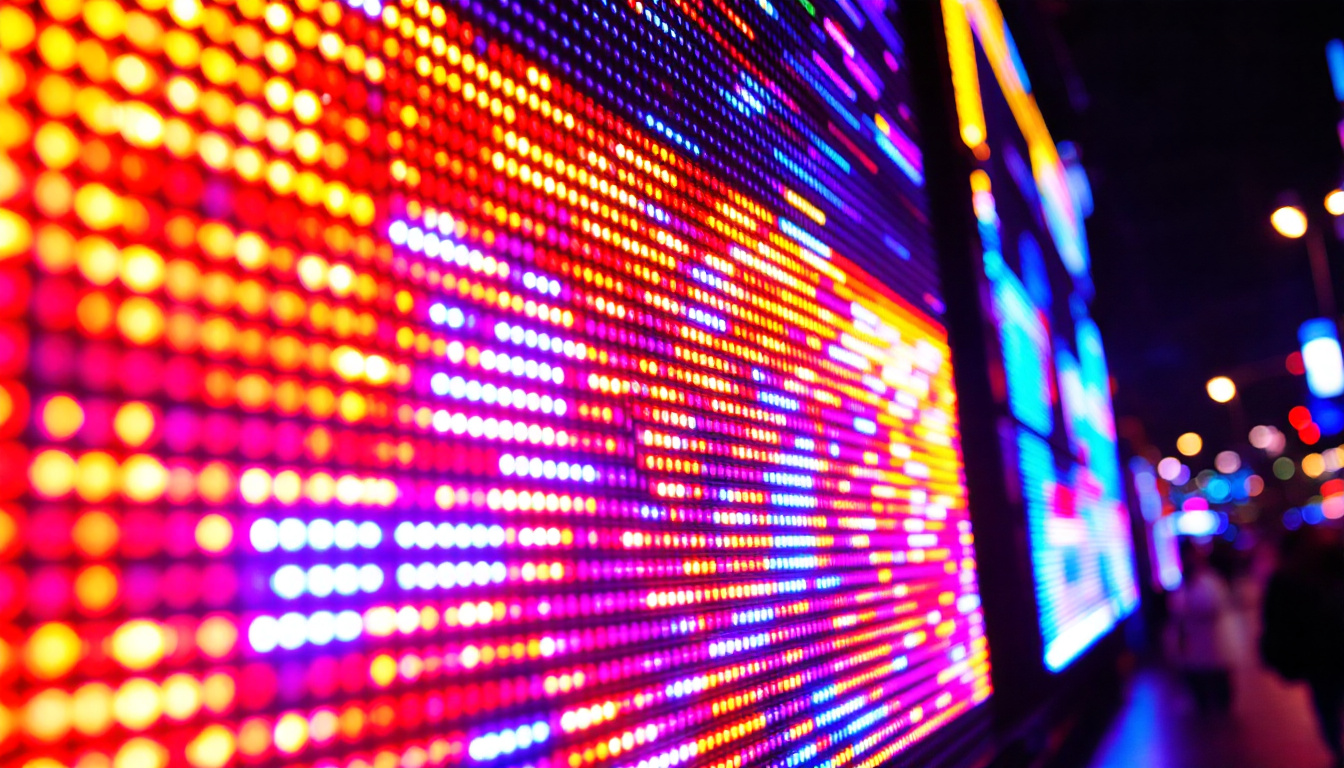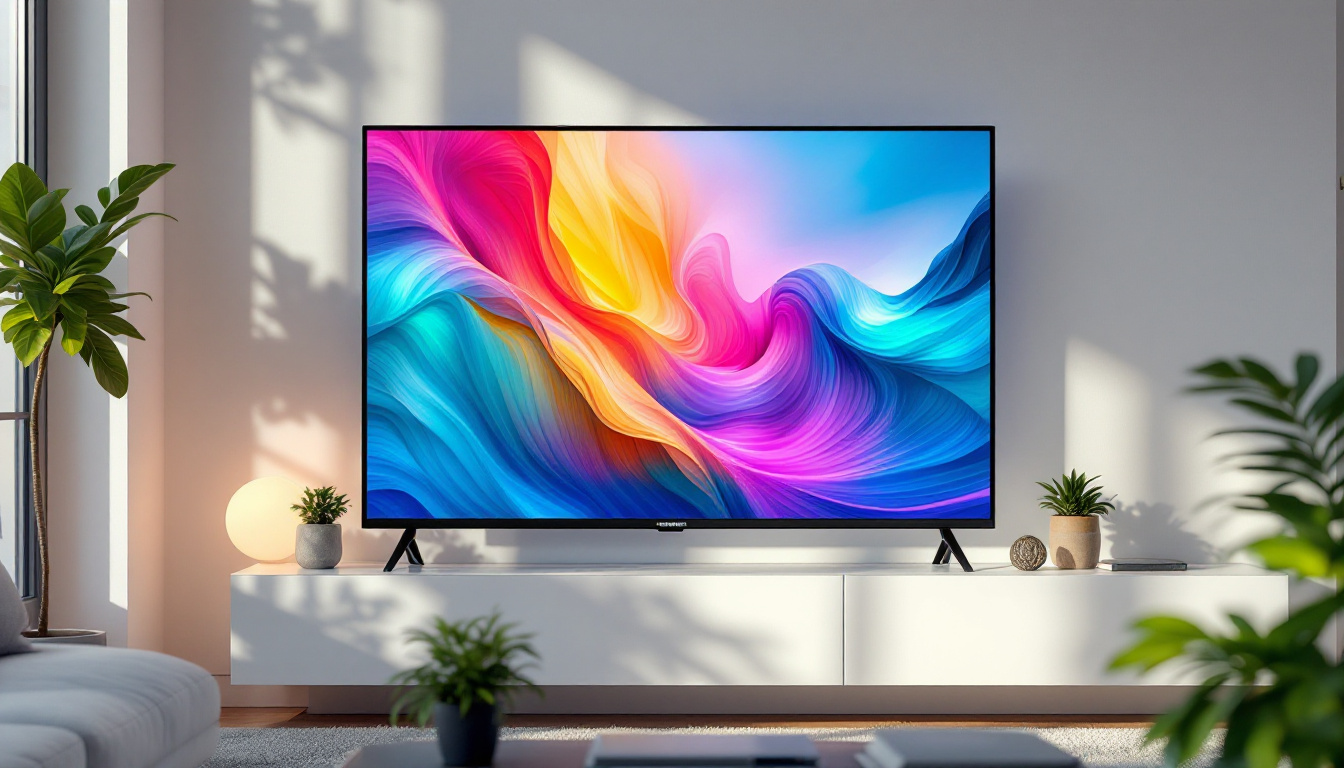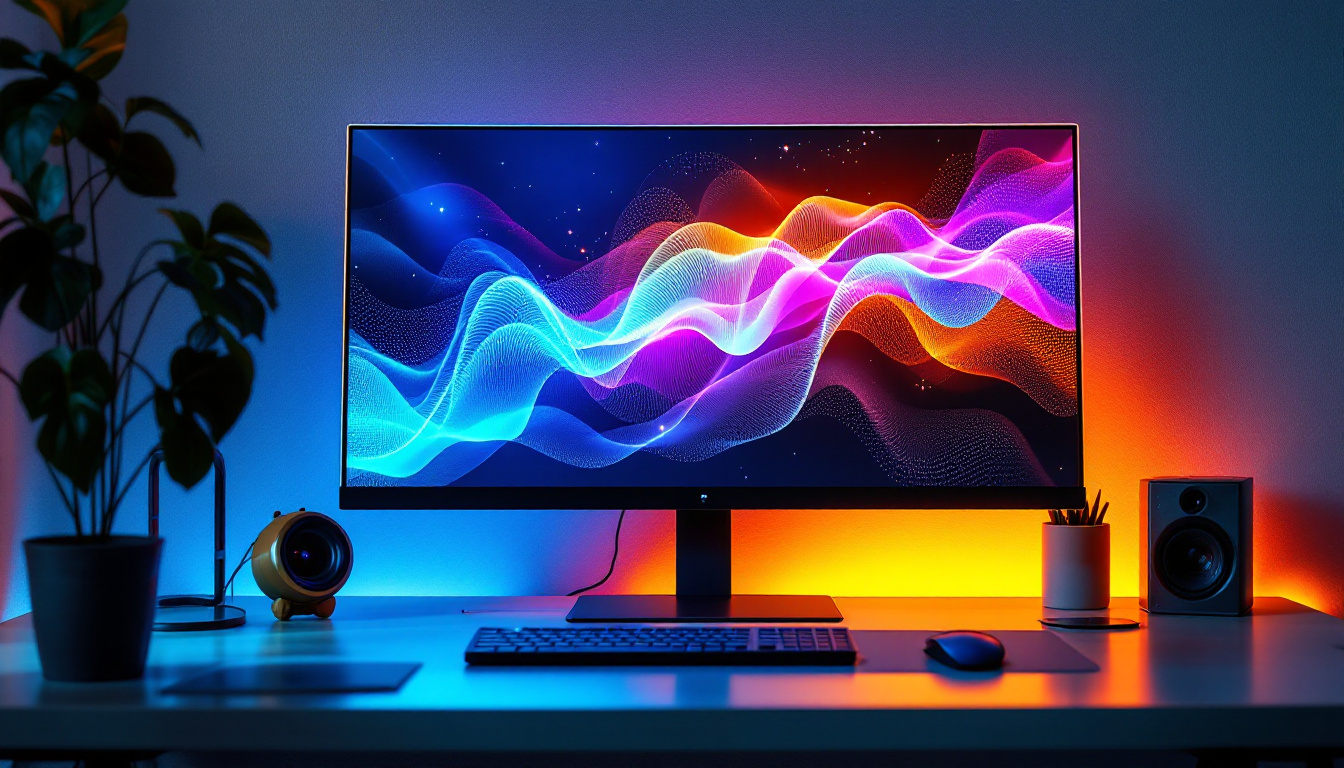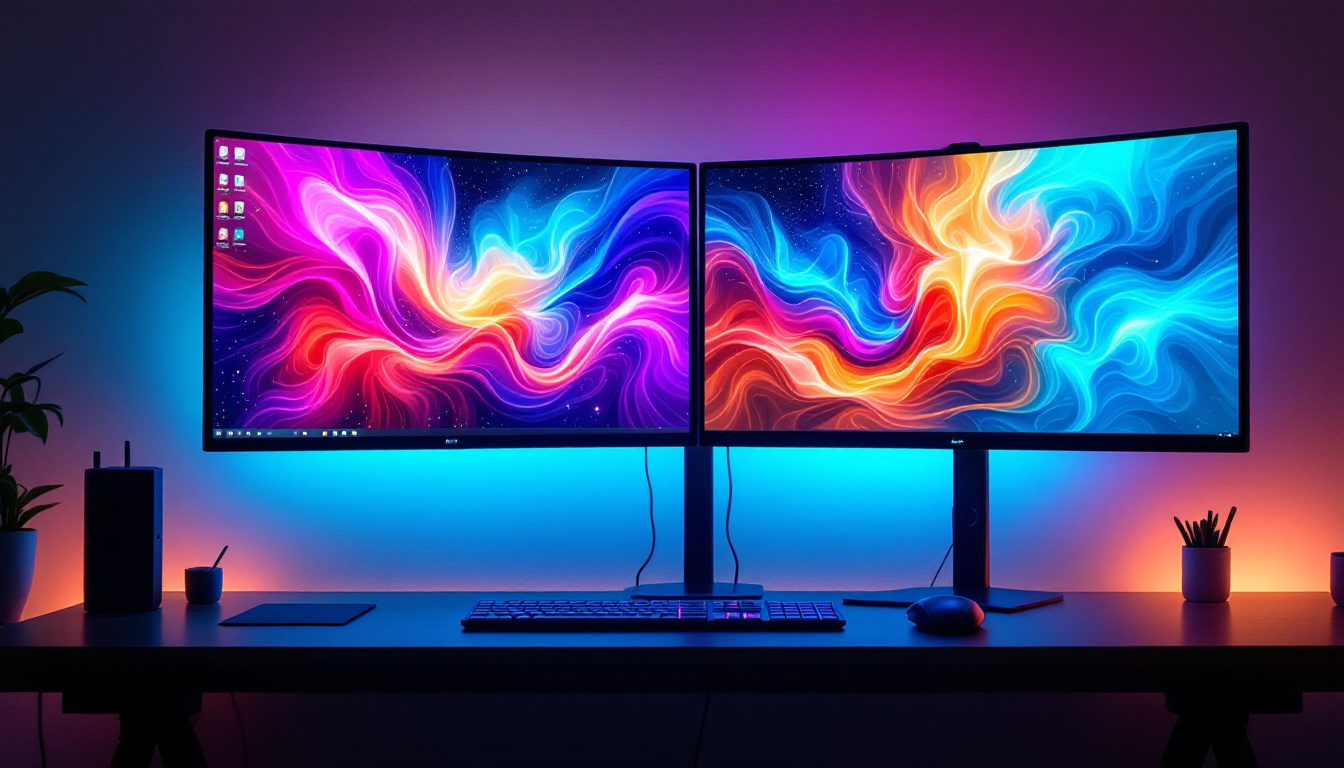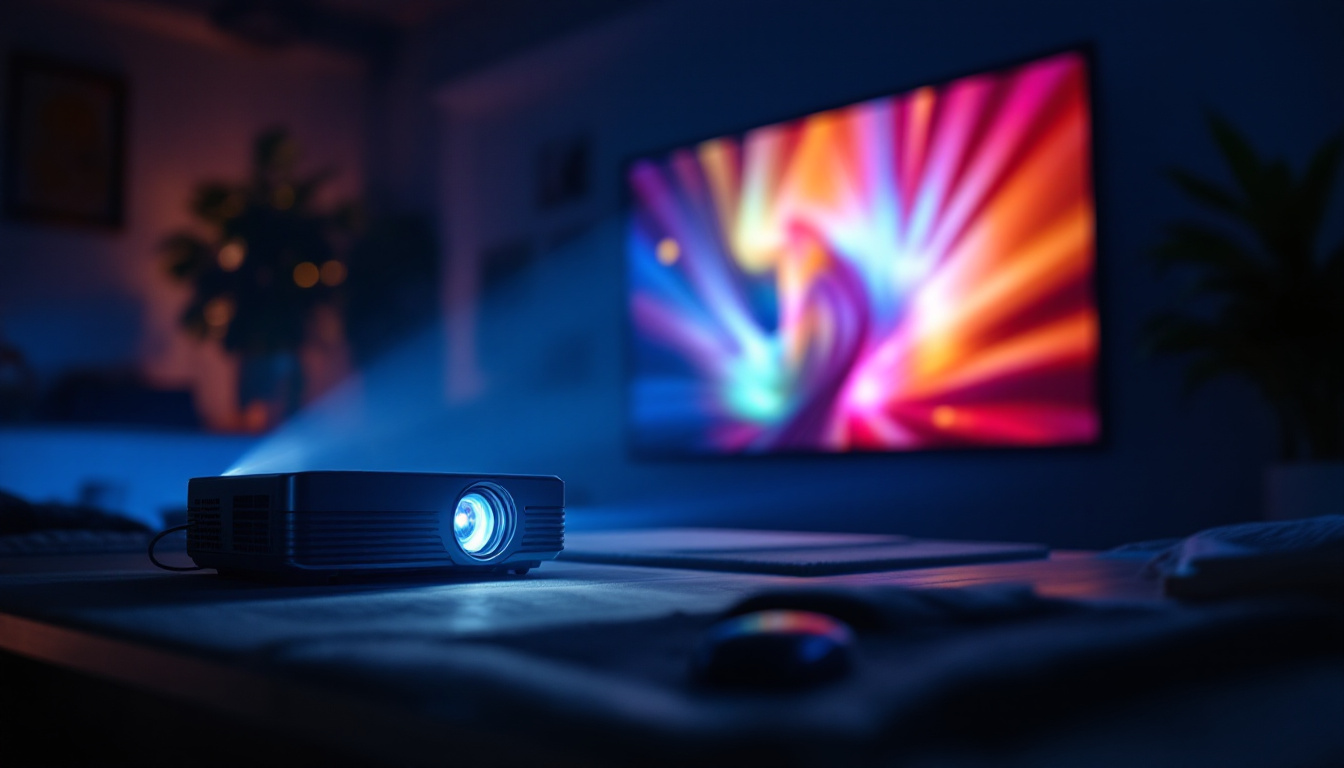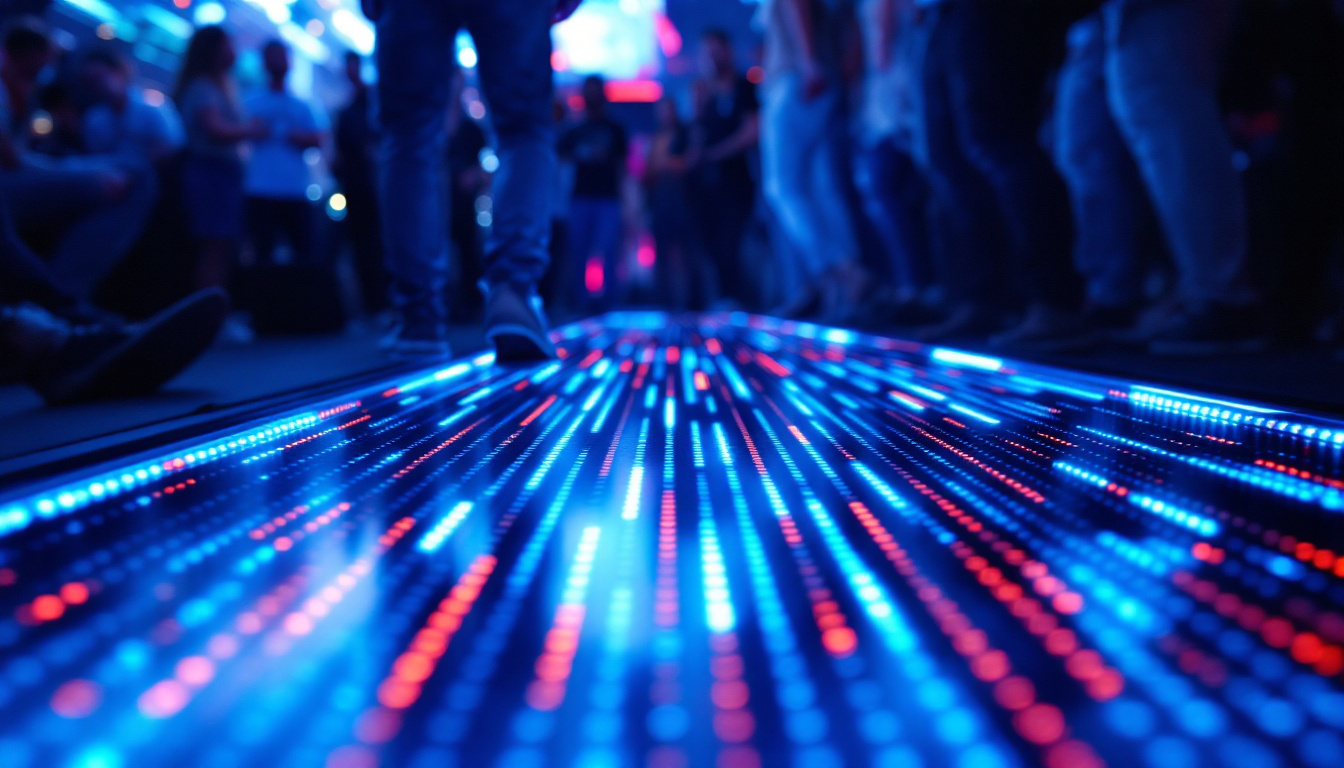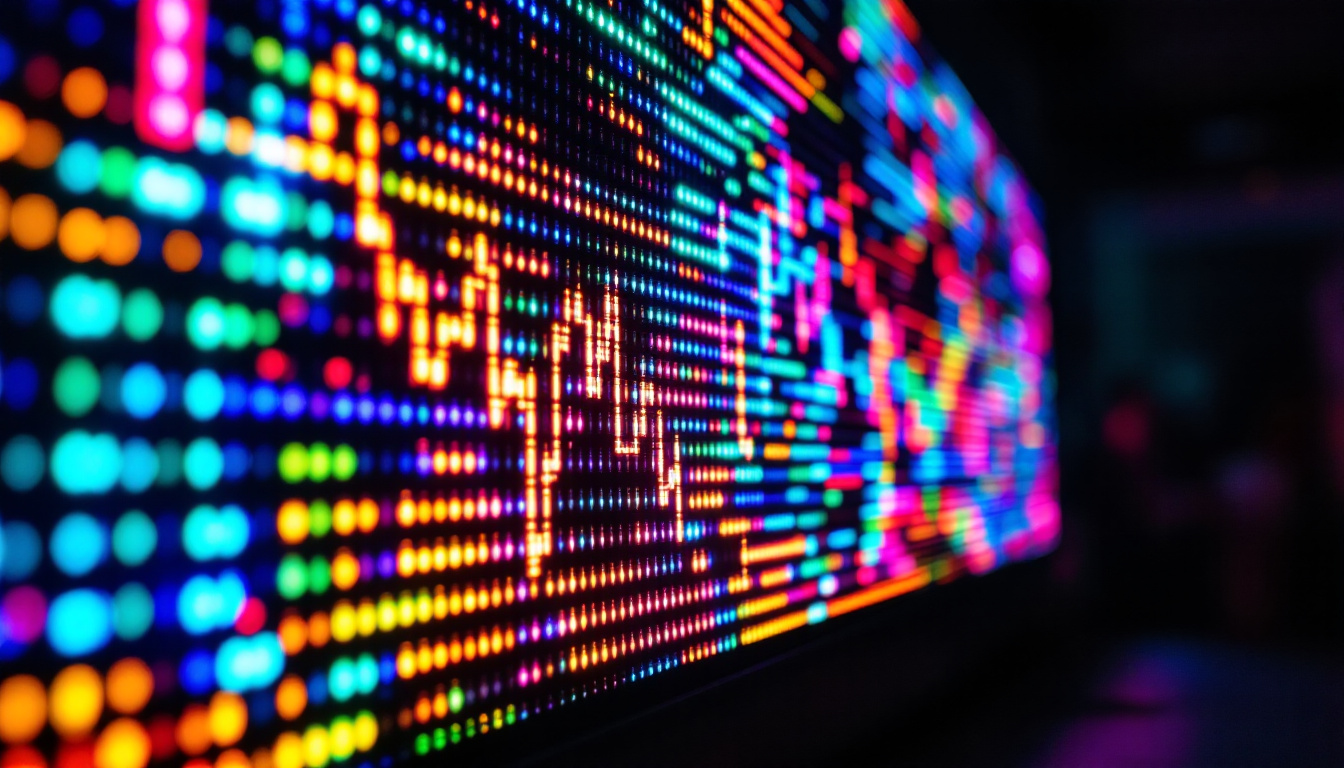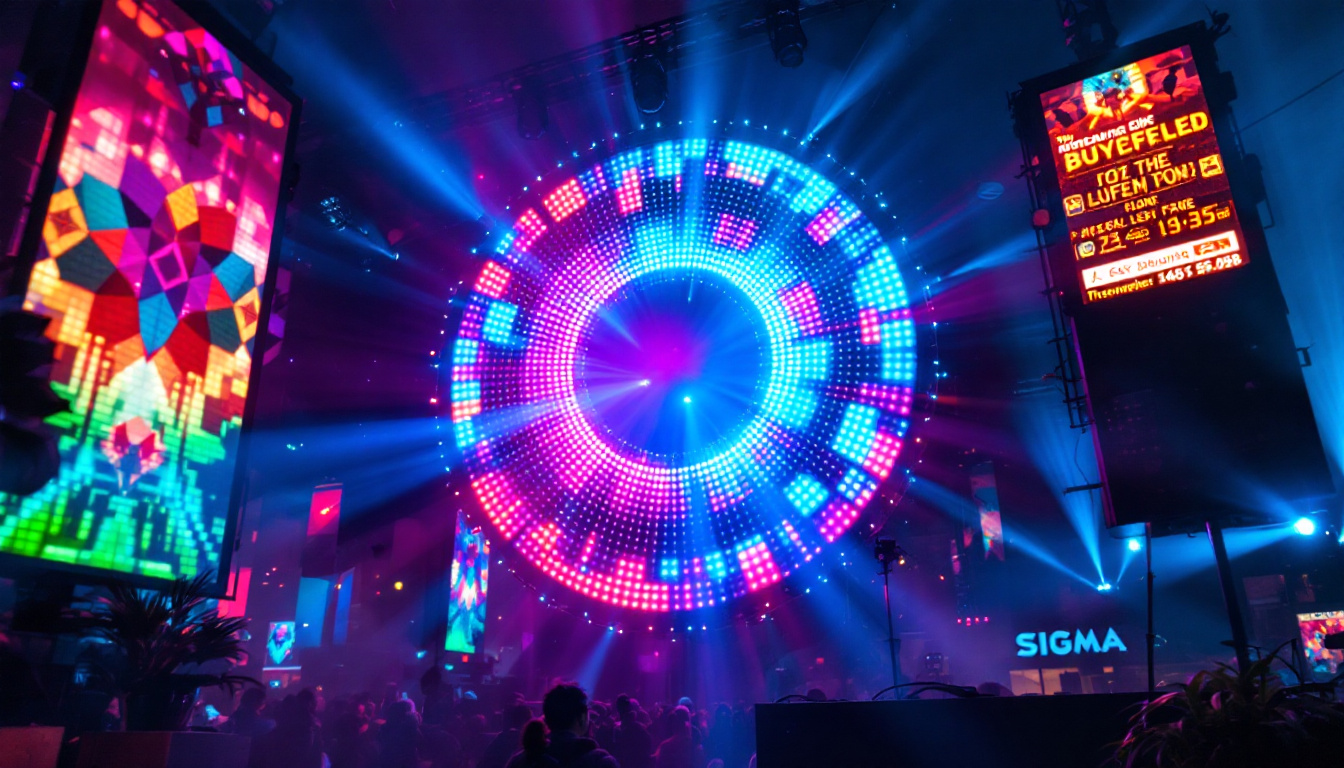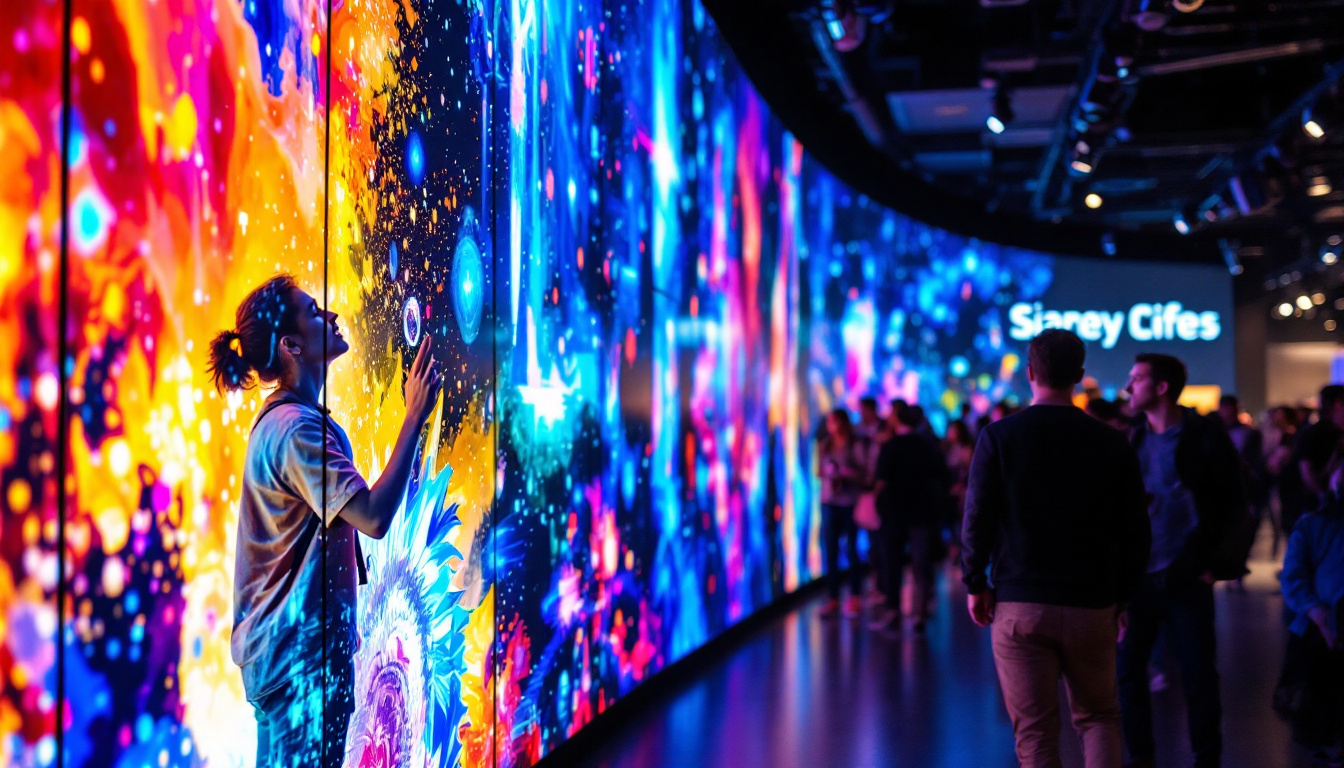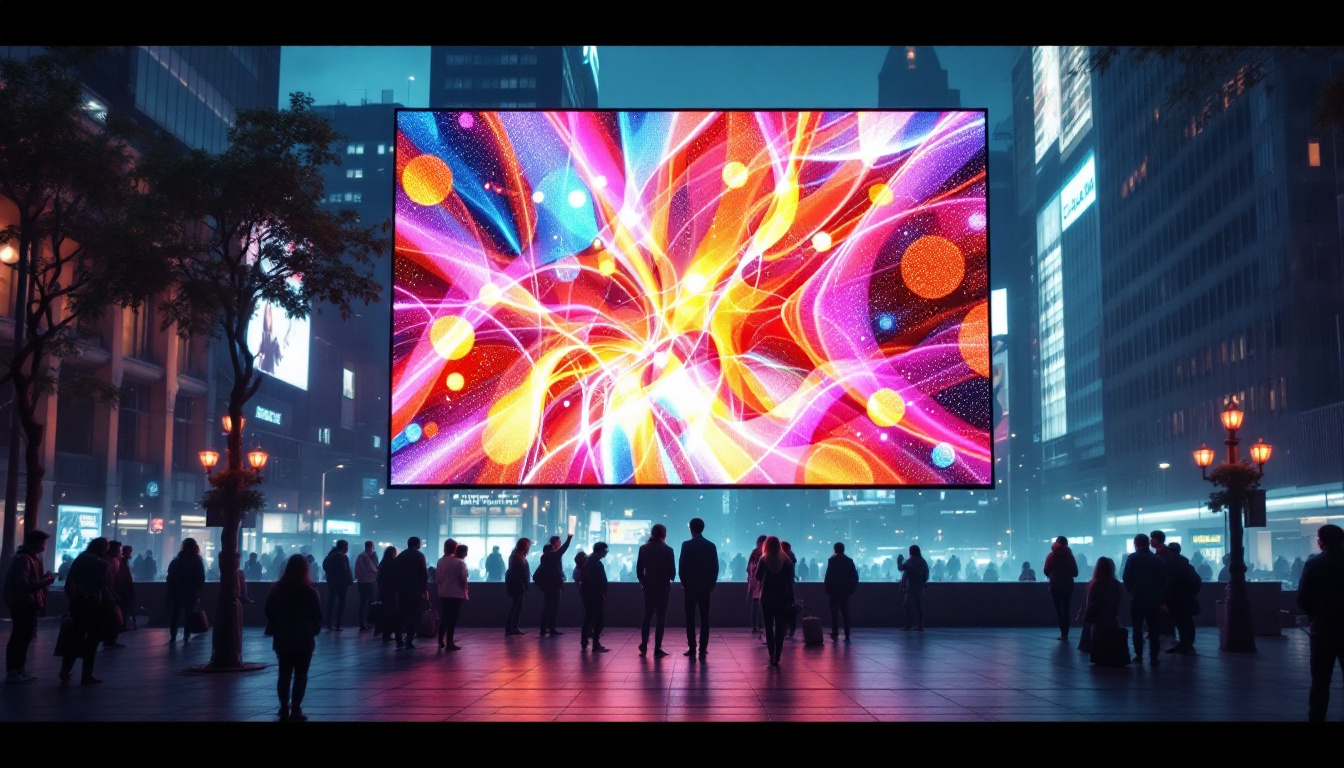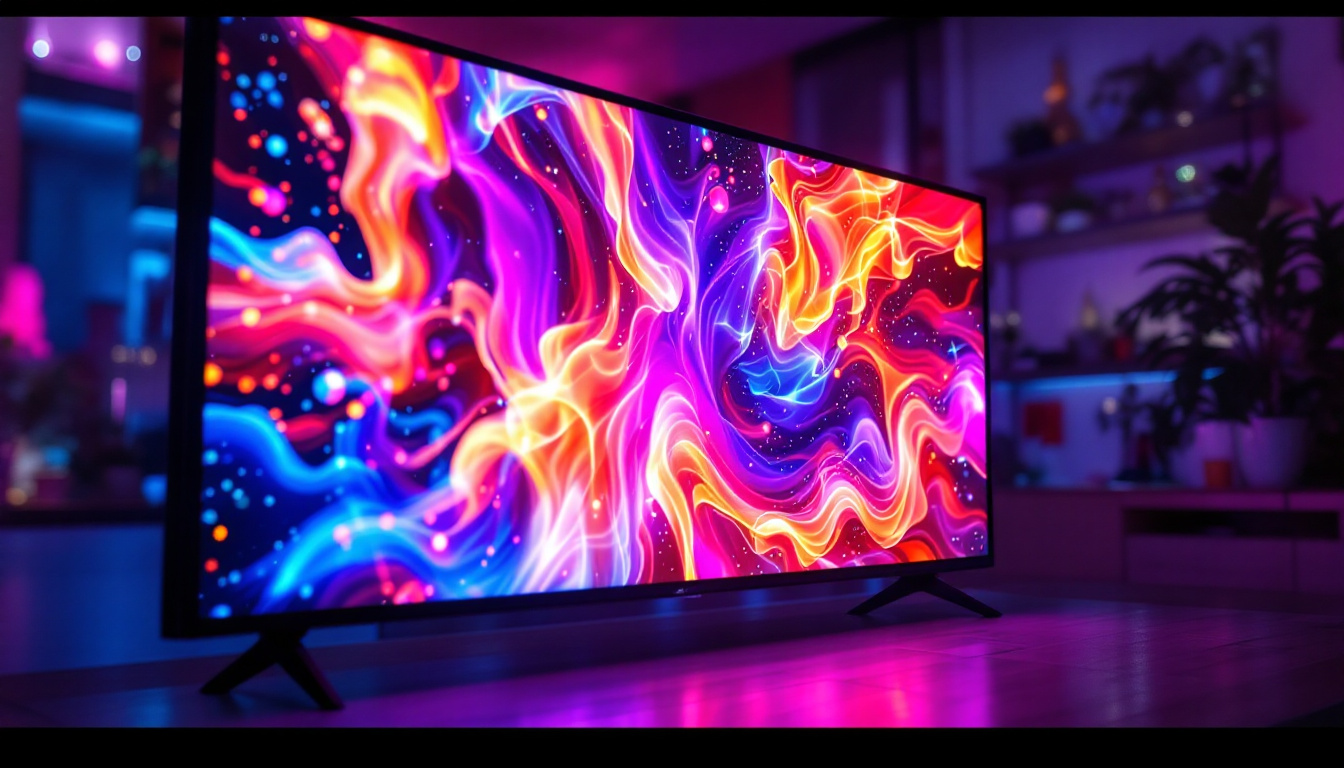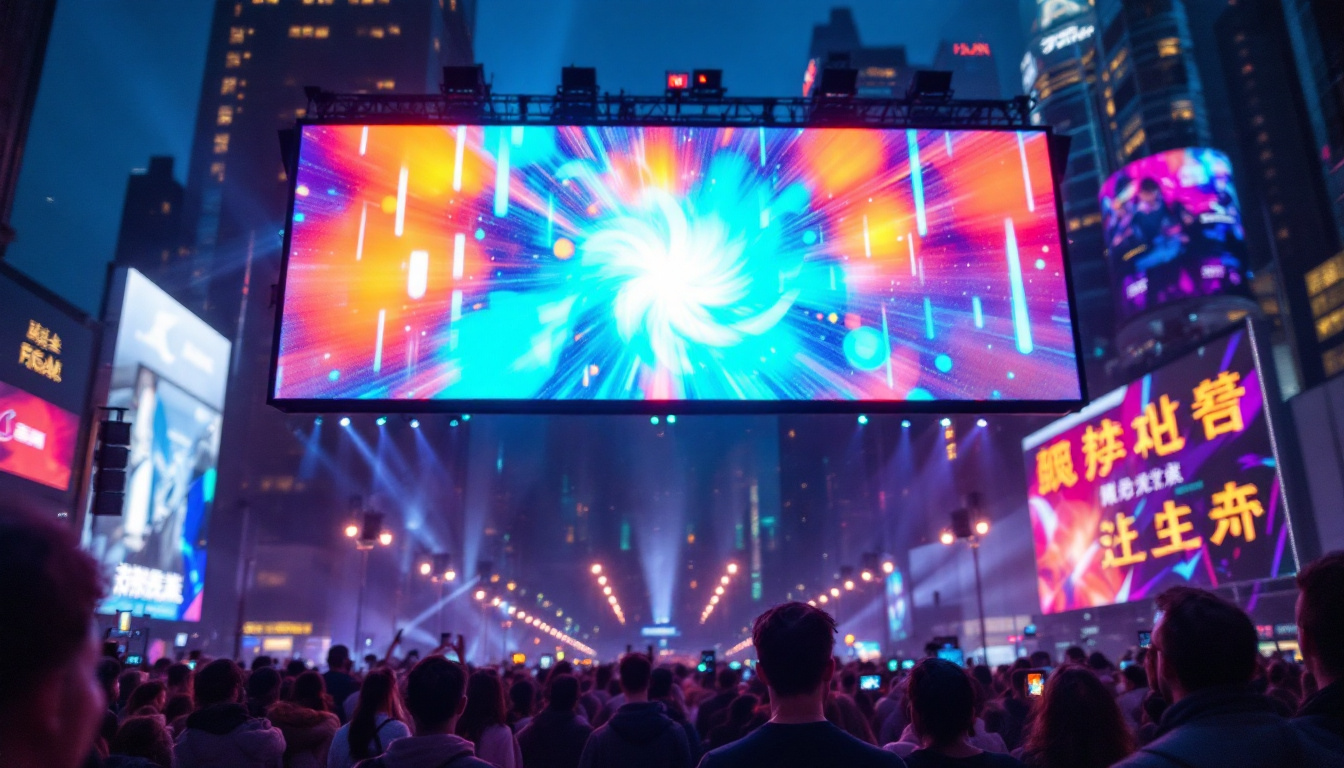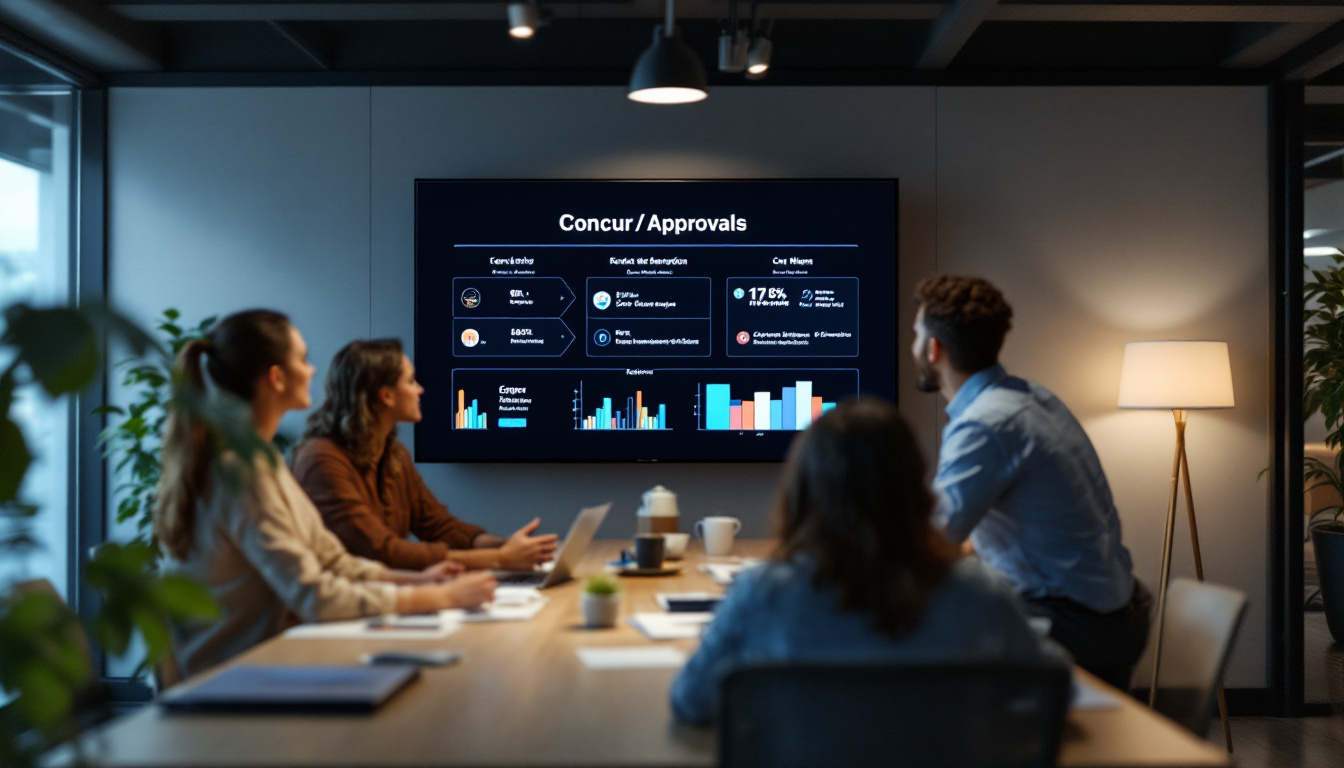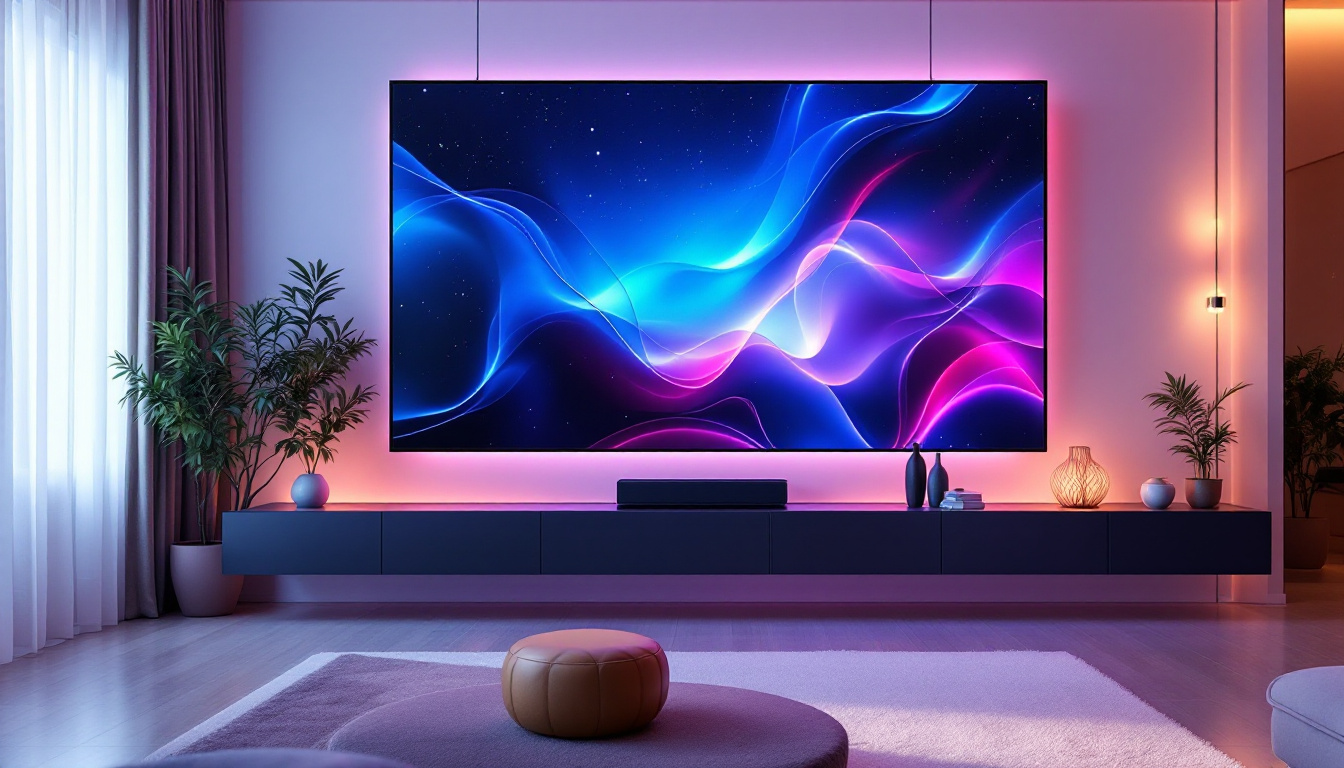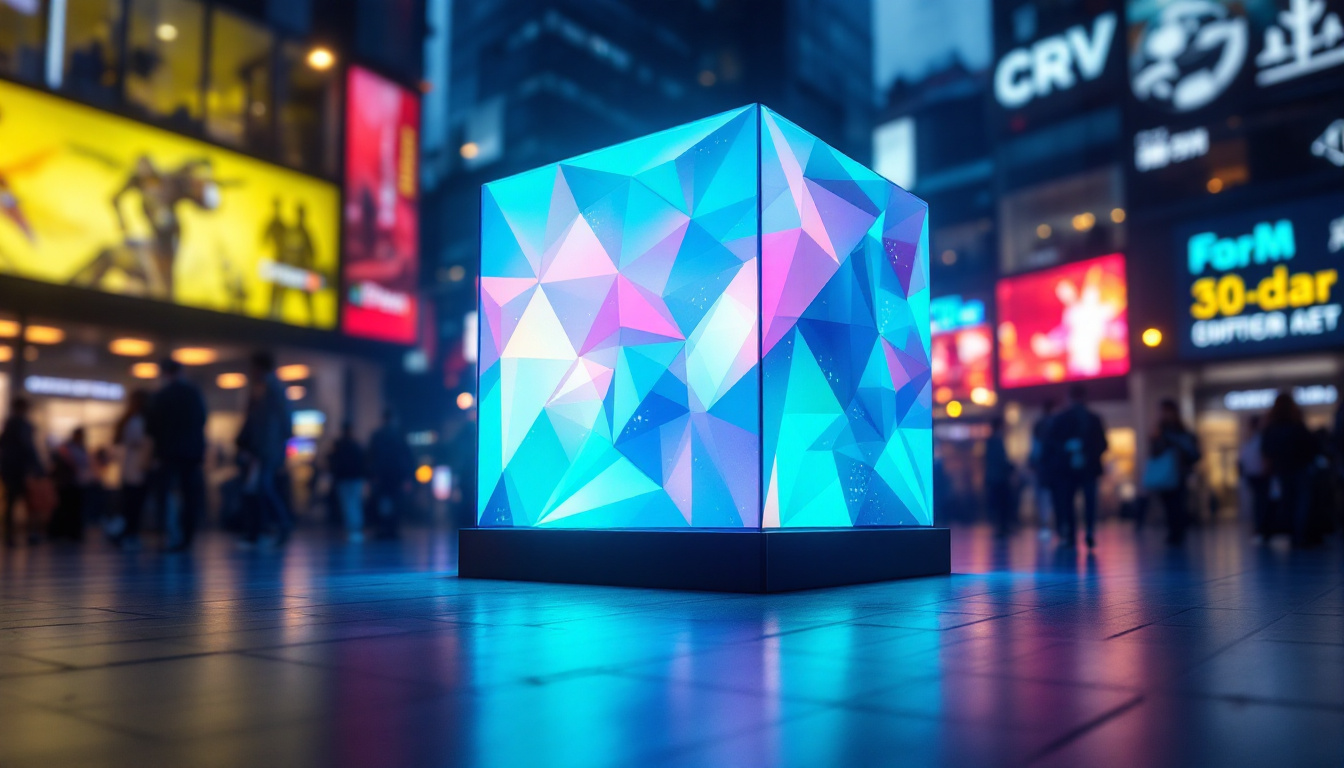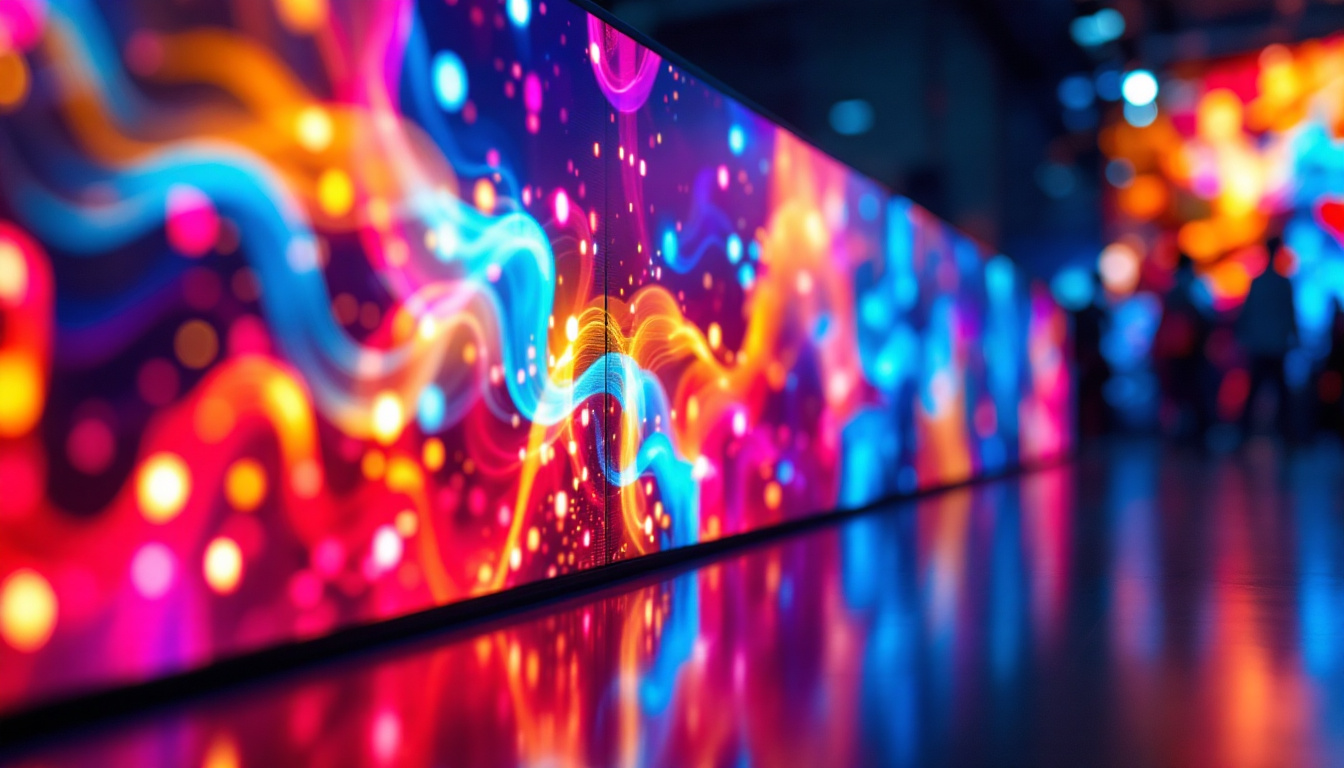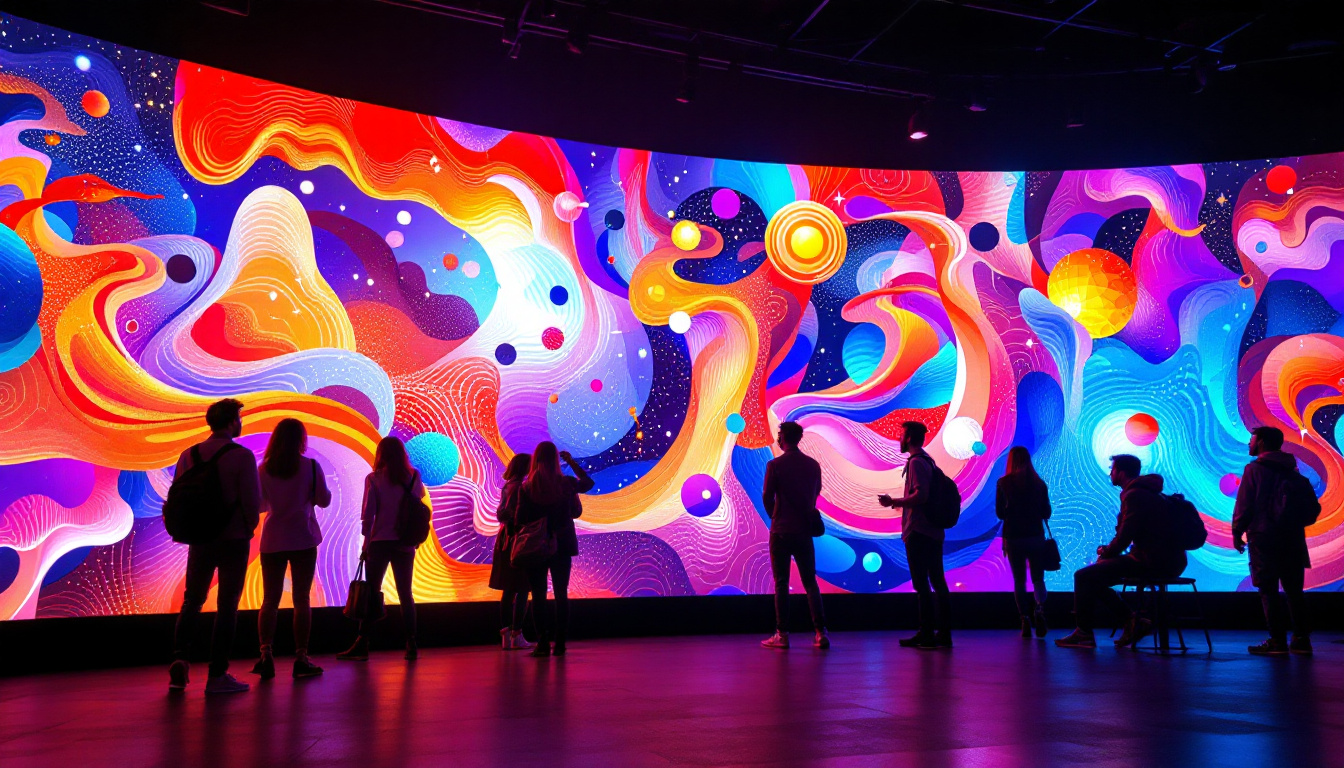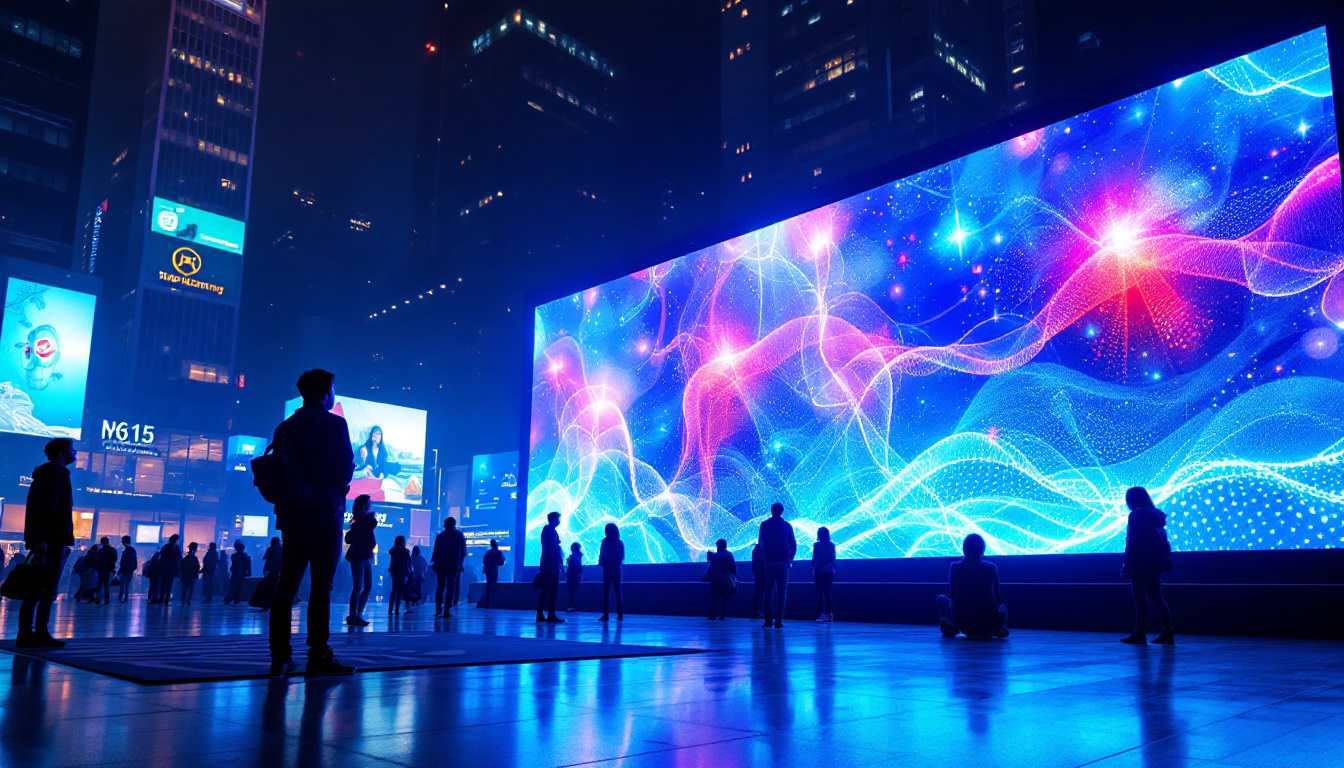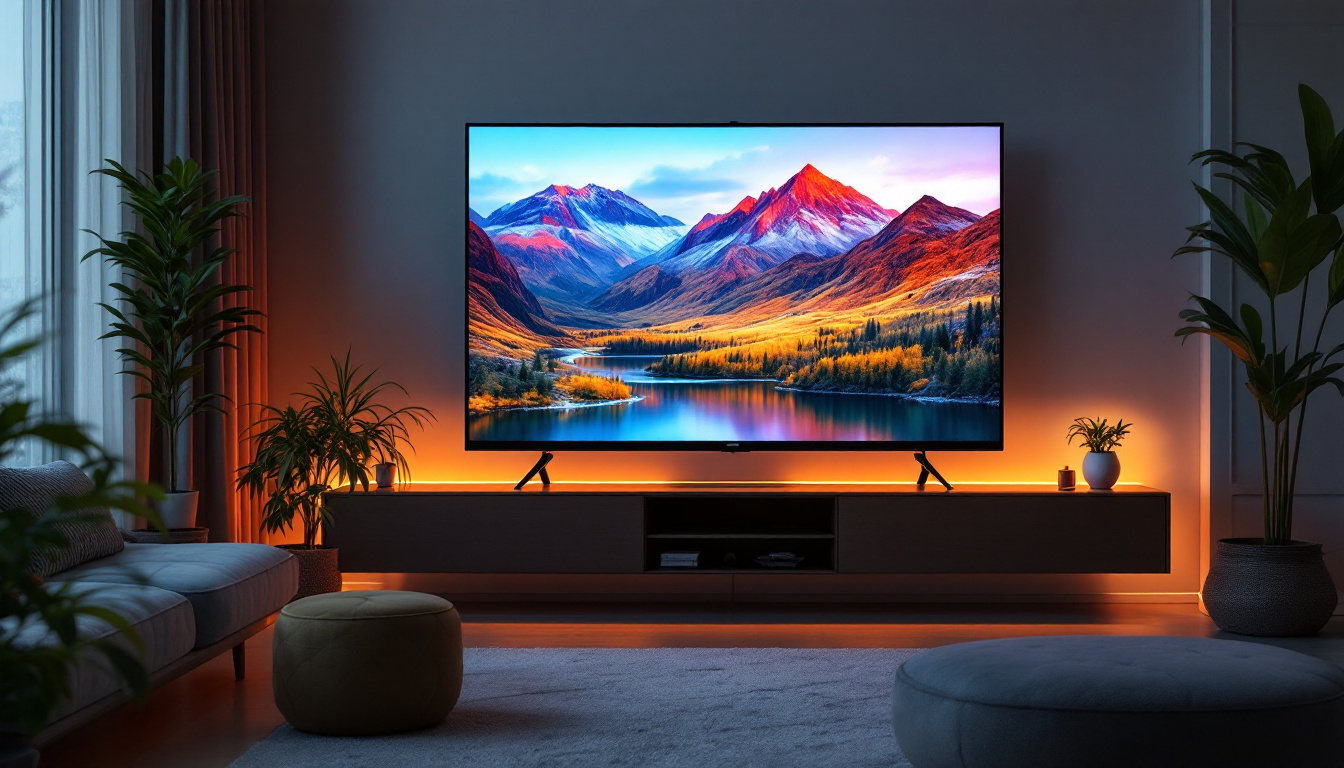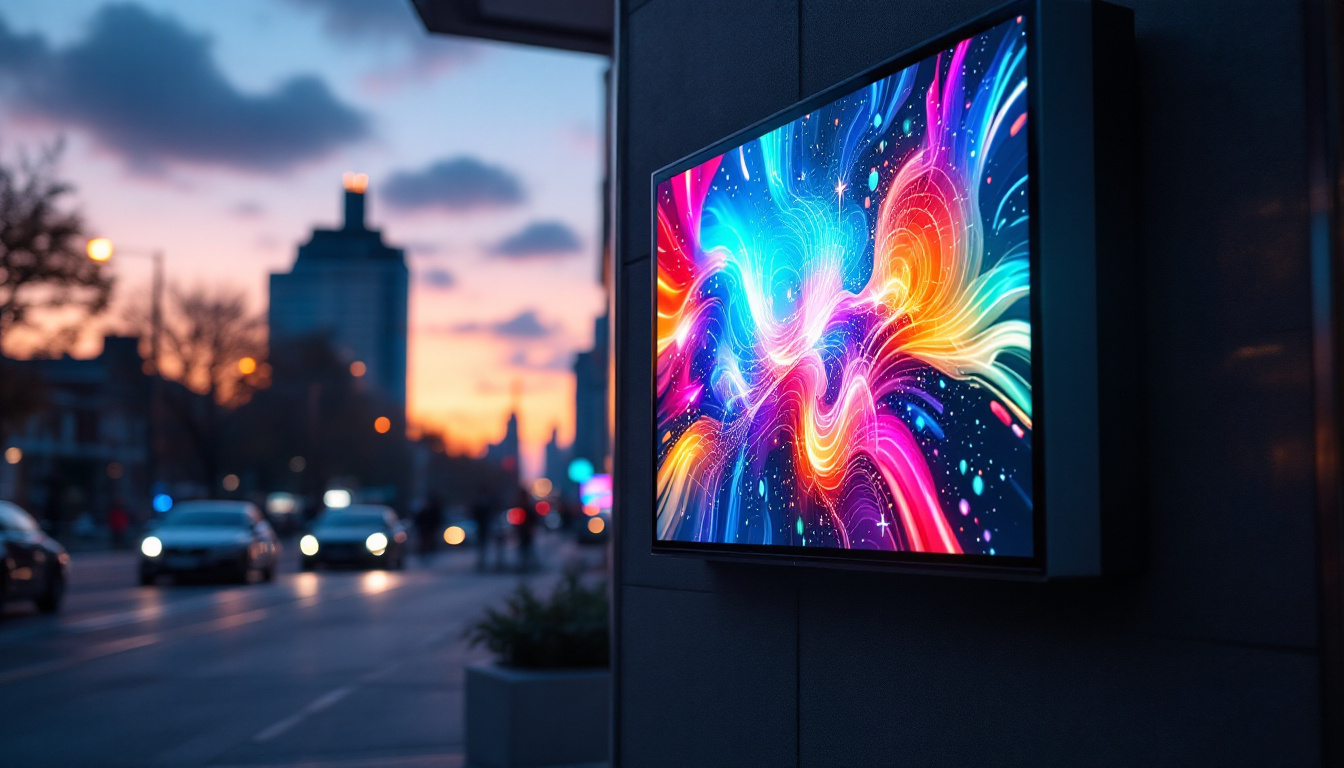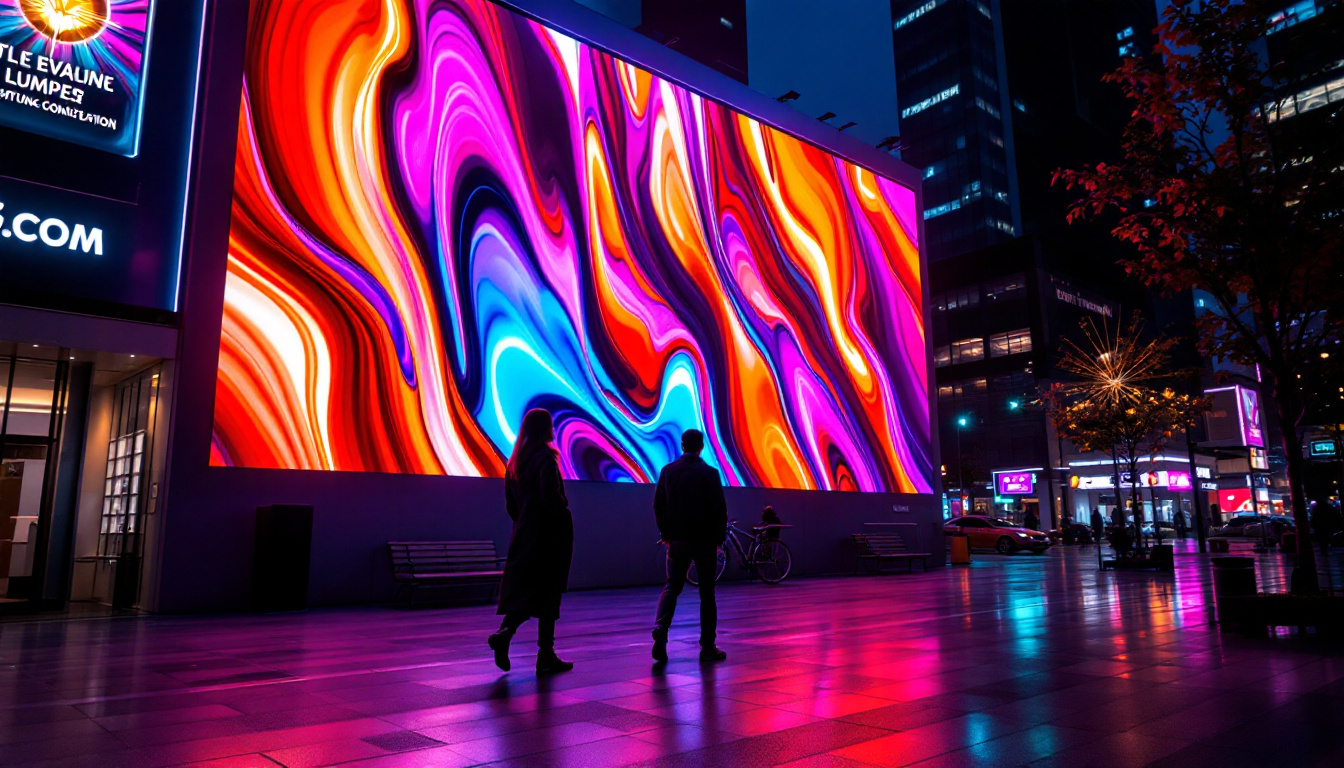In the realm of modern architecture and interior design, vertical wall panelling has emerged as a significant trend. Not only does it enhance aesthetic appeal, but it also serves functional purposes, particularly when integrated with LED displays. This article delves into the intricacies of vertical wall panelling and the role of LED technology in transforming spaces.
The Evolution of Vertical Wall Panelling
Vertical wall panelling has a rich history that dates back centuries. Initially, it was used to insulate homes and protect walls from moisture. Over time, it evolved into a decorative element that adds character and depth to interiors. Today, with advancements in technology, wall panelling has taken on new forms, particularly with the incorporation of LED displays.
Historical Context
In the past, wall panelling was primarily made from wood, providing warmth and texture to spaces. As design preferences shifted, materials such as MDF, plywood, and even metal became popular. The introduction of LED technology has further revolutionized this field, allowing for dynamic and interactive wall features that were previously unimaginable. The historical significance of wall panelling can also be seen in various architectural styles; for instance, in the Tudor period, intricate woodwork was a hallmark of grandeur, while in the Victorian era, ornate designs reflected the opulence of the time. Each era contributed to the evolution of wall panelling, influencing modern interpretations and applications.
Modern Applications
Today, vertical wall panelling is not just about aesthetics; it plays a crucial role in branding and communication. Businesses utilize LED displays within wall panels for advertising, information dissemination, and enhancing customer engagement. The integration of technology into design has opened up new avenues for creativity and functionality. In residential spaces, homeowners are increasingly opting for customizable wall panels that can change color or display artwork, allowing for a personalized touch that reflects individual tastes. Furthermore, the rise of smart homes has led to the development of interactive wall panels that can respond to voice commands or integrate with home automation systems, offering both convenience and a modern flair to interior design.
Understanding LED Displays
LED (Light Emitting Diode) displays are a cornerstone of modern visual technology. They are known for their brightness, energy efficiency, and versatility, making them ideal for various applications, including wall panelling.
How LED Displays Work
LED displays function by using a matrix of tiny light-emitting diodes that illuminate to create images and videos. Each diode can be controlled individually, allowing for high-resolution displays that can show vibrant colors and intricate details. This technology enables seamless integration into wall panels, transforming static surfaces into dynamic visual experiences. The ability to adjust brightness and color temperature also means that LED displays can be optimized for different environments, whether it be a dimly lit room or a brightly sunlit space, ensuring that the content remains clear and engaging regardless of external conditions.
Advantages of LED Displays in Wall Panelling
Integrating LED displays into vertical wall panelling offers numerous advantages. Firstly, they provide high visibility, making them ideal for advertising and informational purposes. Secondly, they are energy-efficient, consuming less power compared to traditional lighting methods. Furthermore, the flexibility of LED technology allows for creative designs that can be tailored to fit various environments, from corporate offices to retail spaces. In addition to their aesthetic appeal, LED displays are also durable and have a long lifespan, which reduces maintenance costs over time. This longevity is particularly beneficial in high-traffic areas where traditional display technologies might suffer wear and tear more quickly. Moreover, the lightweight nature of LED panels allows for easier installation and the potential for innovative architectural designs that were previously unfeasible with heavier display technologies.
Design Considerations for Vertical Wall Panelling with LED Displays
When designing vertical wall panelling that incorporates LED displays, several factors must be considered to achieve a harmonious balance between aesthetics and functionality.
Material Selection
The choice of materials for wall panelling is crucial. While wood and MDF are popular options, incorporating materials like glass or metal can enhance the modernity of the design. The material must not only support the weight of the LED display but also complement the overall interior theme. For instance, using reclaimed wood can add a rustic charm, while sleek aluminum can contribute to a more industrial vibe. Additionally, the finish of the materials can affect the reflectivity and texture, which in turn influences how the LED display interacts with its surroundings.
Lighting and Ambiance
Lighting plays a pivotal role in how LED displays are perceived. Proper ambient lighting can enhance the vibrancy of the display, while poor lighting can diminish its impact. Designers must consider the placement of the wall panel and the surrounding light sources to create an inviting atmosphere. Moreover, the use of accent lighting, such as LED strips or spotlights, can draw attention to the display and create a dynamic visual experience. Dimming options and color temperature adjustments can also be integrated to adapt the ambiance according to different times of the day or specific events, ensuring that the display remains a focal point without overwhelming the space.
Integration with Existing Decor
Vertical wall panelling with LED displays should seamlessly integrate with existing decor. This requires a thoughtful approach to color schemes, textures, and patterns. The goal is to create a cohesive look that enhances the overall design rather than detracting from it. For example, if the surrounding decor features bold patterns, a more subdued wall panel design may be necessary to avoid visual clutter. Conversely, in minimalist spaces, a striking LED display can become the centerpiece that draws the eye. Furthermore, considering the scale and proportion of the wall panel in relation to furniture and architectural elements is essential to maintain balance and harmony throughout the space.
Additionally, the functionality of the LED display itself should be a consideration in the design process. Depending on its intended use—whether for advertising, information dissemination, or artistic displays—the wall panelling may need to accommodate various technical requirements, such as ventilation for heat dissipation or accessibility for maintenance. This can influence the design choices, such as the inclusion of removable panels or adjustable mounting systems, ensuring that the display remains both effective and user-friendly while contributing to the overall aesthetic appeal.
Installation Process of Vertical Wall Panelling with LED Displays
The installation of vertical wall panelling that incorporates LED displays involves several steps, each requiring careful planning and execution to ensure a successful outcome.
Preparation and Planning
Before installation, a comprehensive plan must be developed. This includes measuring the space, selecting materials, and determining the optimal location for the LED display. It is essential to consider factors such as visibility, accessibility, and electrical requirements during this phase.
Structural Support
Vertical wall panelling must have adequate structural support, especially when incorporating heavy LED displays. This may involve reinforcing the wall or using specialized mounting systems to ensure stability and safety. Proper support is critical to prevent damage and ensure longevity.
Electrical Considerations
Integrating LED displays requires careful attention to electrical connections. Professional installation is often recommended to ensure that wiring is safely and correctly executed. This includes ensuring that the power supply is sufficient and that all connections comply with local electrical codes.
Maintenance of Vertical Wall Panelling with LED Displays
Maintaining vertical wall panelling with LED displays is essential for longevity and optimal performance. Regular maintenance not only preserves the aesthetic appeal but also ensures that the technology functions effectively.
Cleaning and Upkeep
Cleaning LED displays should be done with care to avoid damage. It is advisable to use soft, lint-free cloths and avoid harsh chemicals that could harm the display surface. Additionally, the wall panelling itself may require periodic cleaning to maintain its appearance.
Software Updates and Troubleshooting
LED displays often come with software that may require updates to ensure optimal performance. Regular checks for software updates can prevent issues and enhance functionality. In case of malfunction, troubleshooting should be conducted promptly to identify and resolve any problems.
Case Studies: Successful Implementations
Examining successful implementations of vertical wall panelling with LED displays can provide valuable insights into best practices and innovative designs.
Corporate Offices
Many corporate offices have embraced vertical wall panelling with LED displays as a means to enhance their branding and create an engaging environment. For instance, a tech company may install a large LED display within a wooden panel that showcases their latest products and innovations. This not only serves as a marketing tool but also fosters a dynamic workplace atmosphere.
Retail Spaces
Retailers have also capitalized on this trend, using LED displays within wall panels to highlight promotions and brand stories. A fashion retailer, for example, might use a sleek glass panel with integrated LED technology to display runway videos and seasonal collections, captivating customers and enhancing their shopping experience.
The Future of Vertical Wall Panelling and LED Displays
The integration of vertical wall panelling with LED displays is likely to continue evolving as technology advances. Emerging trends suggest a move towards even more interactive and immersive experiences.
Smart Technology Integration
As smart home technology becomes more prevalent, the integration of LED displays with smart systems could lead to personalized experiences. Imagine a wall panel that adjusts its display based on the time of day or the preferences of the occupants, creating a tailored ambiance.
Sustainability Considerations
With growing awareness of environmental issues, sustainable materials and energy-efficient LED technology will likely take center stage in future designs. Designers and architects will increasingly seek eco-friendly materials that do not compromise on style or functionality.
Conclusion
Vertical wall panelling combined with LED displays represents a significant advancement in interior design, merging aesthetics with technology. As this trend continues to evolve, it offers exciting possibilities for enhancing spaces, engaging audiences, and creating memorable experiences. Embracing this innovation can lead to more dynamic, functional, and visually appealing environments that resonate with modern sensibilities.
Illuminate Your Space with LumenMatrix
Ready to elevate your environment with the latest in LED display technology? LumenMatrix is at the forefront of creating immersive visual experiences that transform any space. Whether you’re looking to enhance your corporate office, retail space, or any other setting, our extensive range of solutions, including Indoor and Outdoor LED Wall Displays, Vehicle and Sports Displays, and even Custom and Transparent options, are designed to meet your unique needs. Discover how LumenMatrix can bring your vision to life and empower your brand to shine. Check out LumenMatrix LED Display Solutions today and step into the future of visual engagement.

